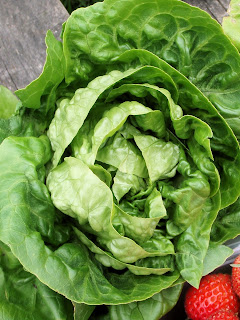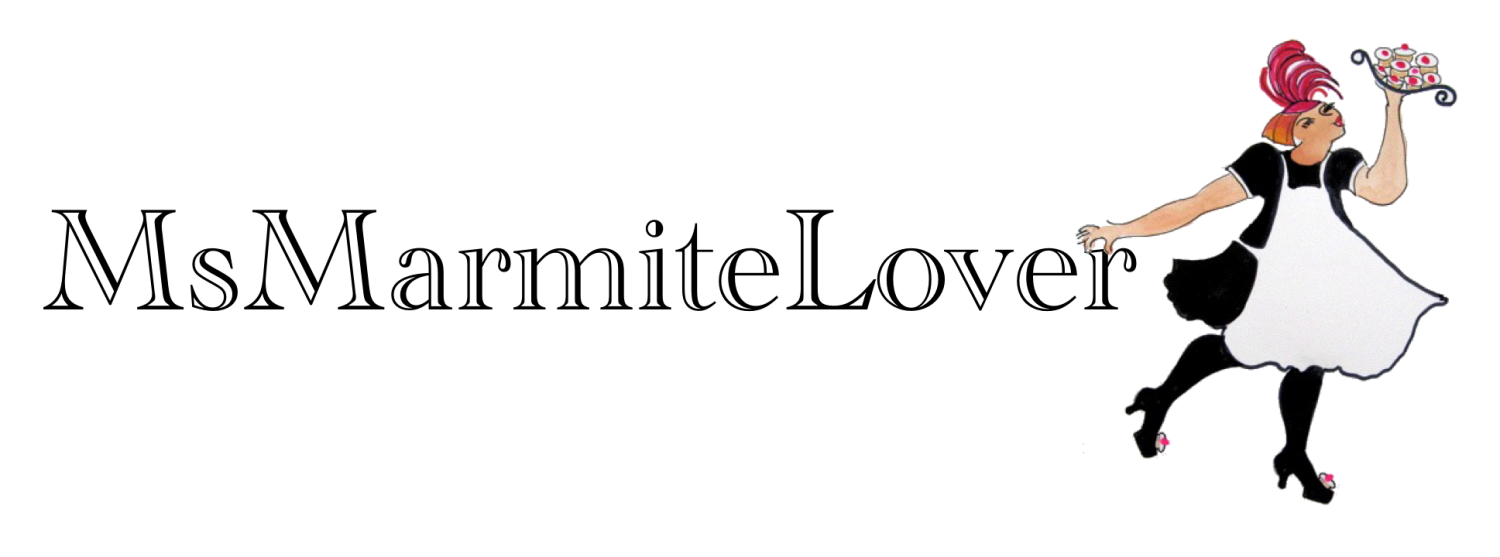 |
| A rose-like radicchio plant in the sunshine. |
Once you have raised your first homegrown crop of salad leaves it will be very difficult to go back to bagged salad at the supermarket. Those cellophane pillows are highly convenient, but your homegrown leaves will will be juicier, spicier, tastier. You’ll know your own leaves haven’t been sprayed with anything or washed in chlorine. You’ll also be surprised to find out how long your homegrown leaves stay fresh in the fridge compared to bagged salads which start to sag and look mushy the minute you open the bag.
- Choice – raise the tastiest varieties
- Versatility – you’re not limited to what the supermarket wants you to buy (which will be stuff that looks good and keeps well, rather than the most delicious tasting)
- Peace of mind – you’ll know the exact provenance of every leaf
- Convenience – a pot of leaves just outside the back door, or on a windowsill, means you’re only ever two minutes away from a salad
- Value for money – I’m always hesitant to say you’ll save money because once you add up the money for seed, pots, compost, and so on, I’m not sure it’s cheaper. It probably is. But if you get into it and start treating it as a hobby then the temptation is to spend money on it.
 |
| Little Gem lettuce: succulent green leaves around a nutty tasting heart |
Chicory can be forced in the dark to make the leaves grow whiter, more tightly packed, more tender and less bitter. Grow your plants in pots, and in autumn, cut back any growth to leave a short stub above ground. Bring the plants indoors, somewhere unheated but frost-free – a garage, or cellar, perhaps. Place a bucket over each pot to ensure all light is excluded. It takes a few weeks, but the plants will send out white chicons, which can be cut and eaten as white chicory.
Sow the seed thickly in a container or in the kitchen garden and let the seedlings grow without any thinning. Once the leaves are a reasonable size, snip them off at the base with scissors. Don’t pull whole plants up – you want the seedlings to continue to produce new leaves after each harvest.
You can also grow different varieties in the same container so that you always have a mixed salad on tap.
| Lamb’s lettuce growing in an old fruit crate. |
Mixed leaves grow really well in containers (which whole lettuce plants don’t) and so you don’t need a garden at all. You can grow on a windowsill, indoors or outside – see the corn salad trough. You can grow in a reclaimed container – see the fruit crate.
 All they are is seedlings. There’s no special treatment, it’s not like growing bonsais. You can use a shallow seedtray, or a small pot, because the plants won’t grow big enough to put down deep roots. Fill with seed compost, firm lightly and water. Sprinkle the seeds over evenly so that they rest in a single layer.
All they are is seedlings. There’s no special treatment, it’s not like growing bonsais. You can use a shallow seedtray, or a small pot, because the plants won’t grow big enough to put down deep roots. Fill with seed compost, firm lightly and water. Sprinkle the seeds over evenly so that they rest in a single layer.This year I potted up the cavolo nero seedlings which didn’t get transplanted into the main bed, transferring them instead into a 20cm pot with the seedlings evenly spaced out in it. These pot plants have leaves which are smaller, less fibrous and more tender, ideal for tearing up and using in a robust winter salad.
 |
| Salad of Little Gem lettuce leaves and nasturtium flowers (plus a few buffalo mozzarella pieces). |
Edible flowers
We covered edible flowers in some detail at the Secret Garden Club in June. These are always good for adding stunning good looks and a delicate contrast in texture and flavour to a salad. Adding flowers to a green salad will immediately lift it out of the ordinary visually. Our post on edible flowers explains how to pick and prepare flowers for culinary use.
Nasturtiums, shown above, are first choice for adding to salads – and the leaves, finely shredded, will give any salad a good peppery kick as well. The flowers are plentiful at this time of year and are easily picked a separately to give salads a shot of hot orange or vibrant red.
Also good in salads are chive flowers, bergamot, violas and marigold petals.
Sprouting seeds
Twice a day, once in the morning, once in the evening, you need to pour water into the sprouts, either through the mesh or with the mesh removed. Then replace the mesh, swirl the water around to rinse the seeds thoroughly, and drain, resting the jar at a downwards angle again. The jar should be kept in the dark – but choose a cupboard you open and use fairly often or it’s all too easy to forget about them!
Don’t forget to rinse the jar twice daily or the seeds will dry out and not grow. Don’t forget to drain them after each rinse – if they sit in water they’ll rot.
The sprouts should germinate within a week. Use them when they about an inch or two long and before they grow their first leaves.





Leave a Reply